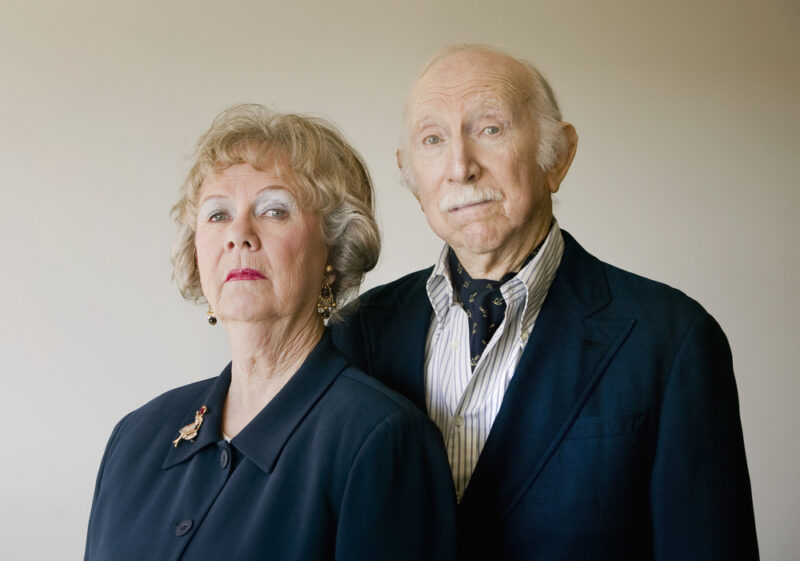The National Institute on Aging says about 7 million people in the United States care for elderly loved ones by long distance. A study by MetLife Mature Market Institute in conjunction with the National Alliance for Caregiving showed that almost 25% of long distance caregivers are the sole, primary caregivers for distant loved ones.
Obviously, long distance caring gives rise to special concerns, especially about the people who might enter an elderly loved one’s home as caregivers. Can you trust people you hardly know to not steal from, injure by accident or intent, neglect or otherwise mistreat an elderly loved one? Aside from these extremes, can you trust the caregivers simply to do a good job or even an excellent one of caring for your loved one? How can you determine this if you are miles away?
In the best case, you will have a local back-up person, even if you are the primary caregiver for your distant loved one. As we note below, varieties of local people can sometimes serve as proxies in monitoring a loved one’s caregivers.
Screening caregivers before engaging them is of paramount importance.
Screening caregivers before engaging them is of paramount importance. Check all their credentials; don’t accept them at their word. Talk in detail to agencies to which they belong. Go to their Facebook pages to see what they are like on social media.
In the same way you might check on a child’s daycare or pre-school with an unannounced visit, you can make sure someone visits your elderly loved one unannounced and unexpectedly from time to time. This could be a family member who lives closer, or a trusted friend, neighbor, pastor, or yourself when you come into town.
It is important to realize that most caregivers are family members, and they can experience burn-out that is serious enough to lead to frustration toward and neglect of the elderly loved one, especially if the elderly person has serious physical and/or cognitive issues. Unpaid family members give of their time, effort, familial, financial, physical, mental, and emotional resources in order to care for an elderly loved one. Understand that the person may be stretched beyond his or her limits and may be tempted to take it out on the elderly person or simply be too harried to do a good job.
Caring for the caregiver may reduce the chances that he or she will give your loved one less than optimal care.
Caring for the caregiver may reduce the chances that he or she will give your loved one less than optimal care. Make sure caregivers, especially family members, have enough time off and are not carrying too much of the burden of care.
MetLife’s Mature Market Institute and the National Institute on Aging recommend in their guide, So You Care, that when monitoring long distance caregivers, the first thing to do is to conduct an honest assessment of the loved one’s needs. That way you can measure how effective the care is by whether those needs are being met. Check your loved one’s needs alongside the Activities of Daily Living (ADLs). Does your loved one need help with one of more these ADLs: feeding, toileting, showering or bathing, getting in and out of beds and chairs, dressing, or taking care of incontinence matters, such as use of diapers?
So You Care also recommends that you check your loved one’s needs as far as the Instrumental Activities of Daily Living (IADLs) go. Does your loved one need help with IADLs such as doing laundry, making meals, grocery and other shopping, writing checks and keeping up with the bills, and using transportation when needed? The employment of a Geriatric Care Manager (GCM) is also recommended. These persons are experts on assessing needs of the elderly and the services available in the area.

Remember that there is probably safety in numbers. The more trusted people are involved in your loved one’s care, the better care your loved is likely to receive. It is desirable that your senior has cultivated a support network that can be called on when the need exists. This support network may include members of his or her church, synagogue or mosque; associates from groups to which the senior belonged or belongs; and neighbors, friends, and acquaintances. Persons who perform services for them and have long established, trusting relationships may form part of the long distance caregiving network. A handyman that your senior has used for years might be just the person who has an extra key to the loved one’s home in case of emergency. The person who mows the lawn might talk with the loved one regularly and may notice if anything is awry.
It is highly recommended that the long distance caregiver become an impeccable record-keeper and maintain the phone numbers of persons who interact with the senior, from the plumber to the pulmonologist. Stay in contact and on top of evolving situations. In that manner, you will be able to be an effective long distance caregiver who carefully monitors all those who serve your loved one’s needs.
Sources
MetLife Mature Market Institute in Cooperation with the National Alliance for Caregiving, and MetLife Nurse Care Managers. (n.d.). Since You Care. Available online at: http://www.matureresources.org/long_distance_caregiving/Long_Distance_Caregiving_Subject.pdf.
National Institute on Aging, National Institutes of Health. (August 2010, reprinted June 2011). So Far Away, Twenty Questions and Answers about Long-distance Caregiving. Available online at
